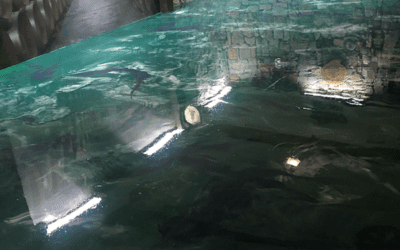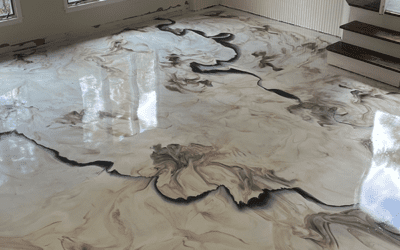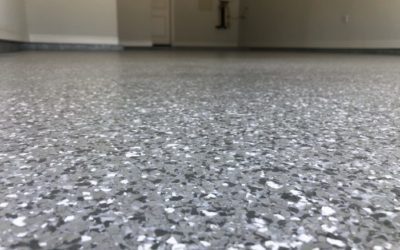Epoxy coatings have been the main choice of floor protection for many decades. Polyaspartic coatings have been on the market for several years as well, but they’ve just recently gained popularity as a floor coating option.
If you plan to revamp or upgrade your floor, you have to consider costs. Is polyaspartic more expensive than epoxy? Generally speaking, polyaspartic costs more than epoxy.
However, each floor coating option has its benefits and drawbacks, and you must consider more than just cost when deciding the ideal material to coat your floor. Let’s take a closer look at polyaspartic vs. epoxy coatings, their relative costs, and more.
Polyaspartic Coatings
Polyaspartic is a hybrid material that resembles polyurethane. First developed in the 90s to protect metal and concrete portions of bridges against harsh outdoor elements, the uses of polyaspartics have expanded to include several other applications, from concrete floors and rail cars to tunnels and light poles.
Since their development, polyaspartic coatings have demonstrated superior qualities, proving quite effective and resilient in various residential and commercial applications.
Applying polyaspartic can be a speedy process because it dries so quickly. We can complete a polyaspartic garage flooring installation in as little as a day.
Pros
Some benefits of polyaspartic are:
- Temperature resistant
- Fast curing (cures within 30 minutes to an hour, depending on surface size and material)
- Colorfast protection
- Stain-resistant
- UV-resistant
- Decorative
- Durable
- Deeply penetrating
- Low VOC and odor
Cons
Some drawbacks of polyaspartic are:
- Short lifespan
- Expensive (costs more than epoxy)
- It can be damaged by battery acid
- Possible delamination
- Professional installation recommended
The only real downfall to using polyaspartic coatings is that they come with a higher price tag than their epoxy counterparts. They cure faster, handle various temperature and environmental changes well, and offer enhanced durability compared to epoxy.
Epoxy Coatings
Epoxy coating is a chemical compound comprising basic components of cured and epoxy resins. Floor coating companies usually apply these coatings in a multistep process that includes using a primer, color base, and then a topcoat for an extra layer of protection.
Installers can use a variety of topcoats, from epoxy and polyurethanes to polyaspartics. Epoxy floor coatings also have decorative options like flake or metallics.
Pros
Some benefits of epoxy coatings are:
- Inexpensive (compared to polyaspartic coatings)
- Excellent material adhesion
- Chemical and heat-resistant
- Bright, professional appearance
- Available in various color and style options
Cons
A few negatives of epoxy coatings are:
- Inflexible once dry
- Sensitive to UV exposure
- Long drying time
- Slippery when wet
- Gives off fumes when wet
- Long prep time before an application
- Temperature sensitive
Both polyaspartic and epoxy coatings work well as mid-coats or top coats. However, epoxies are the most common primer products in the floor coating industry.
Because of their compatibility with other resin types, you can install both epoxy and polyaspartic flooring systems without replacing the existing system, saving plenty of time and money.
When looking for an attractive flooring solution that can endure heavy traffic, both polyaspartic and epoxy systems are ideal. They’re both durable, but an epoxy floor will yellow or fade when exposed to UV light.
As a result, epoxy coatings lend themselves well to indoor environments and surfaces.
Bottom Line
If you need a quick floor coating installation in an environment with wide temperature ranges, or if the floor will be exposed to direct sunlight or UV radiation, a polyaspartic coating will work better than epoxy.
Also, an epoxy coating without non-slip additives can become slippery when wet — not ideal for commercial settings where a slip-and-fall accident may lead to a costly lawsuit. While no-slip epoxies exist, you’ll incur additional costs, which negates one of the epoxy’s primary benefits over polyaspartic coatings.
Overall, polyaspartic formulations tend to cost more than epoxy coatings. However, both epoxy and polyaspartic coatings have benefits, which warrant serious consideration depending on the unique circumstances of your project.
Need an expert’s opinion? Young Flooring’s experts can help you determine the best floor solution for your property. Whether epoxy or polyaspartic, count on us to provide the necessary guidance.
Polyaspartic Coatings for North Carolina
Young Flooring offers epoxy and polyaspartic flooring coating solutions in Winston-Salem and surrounding cities in North Carolina. Dial (336) 502-6356 to discuss your needs.



